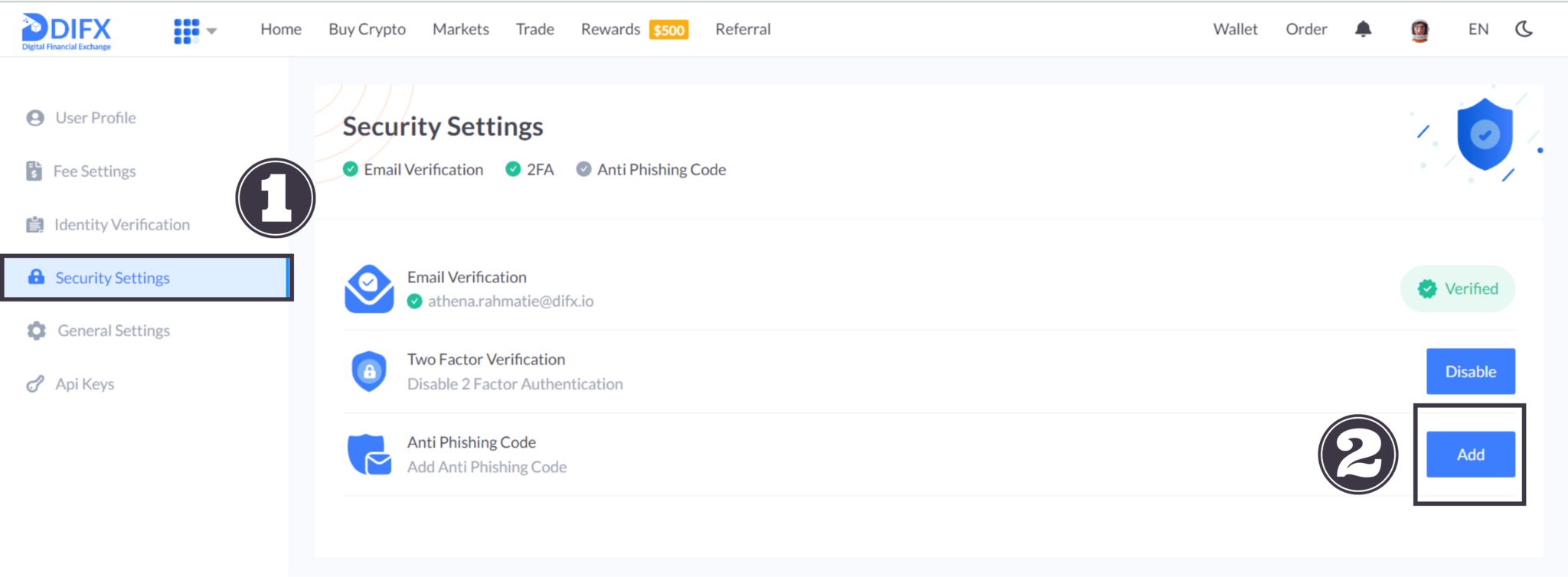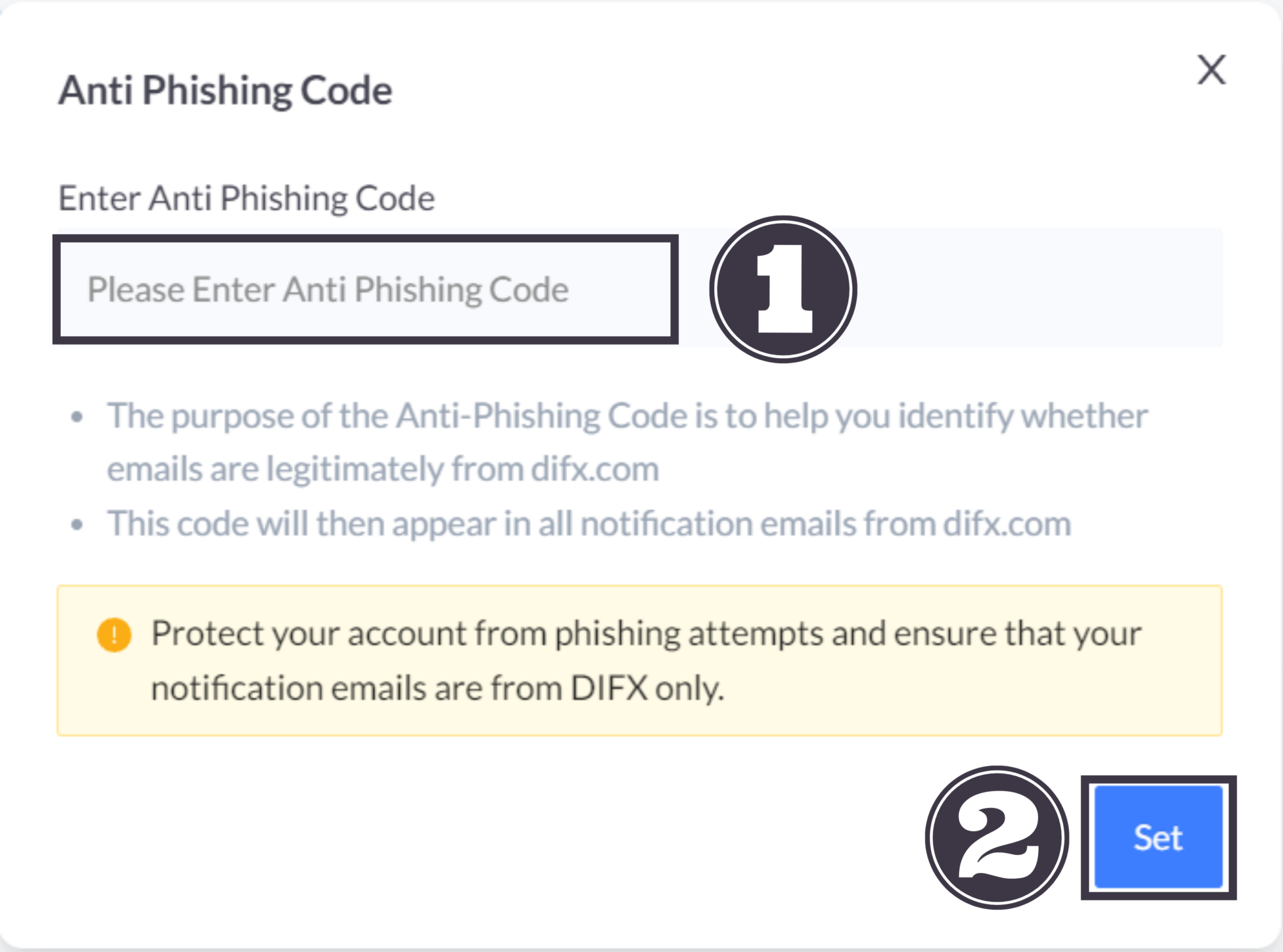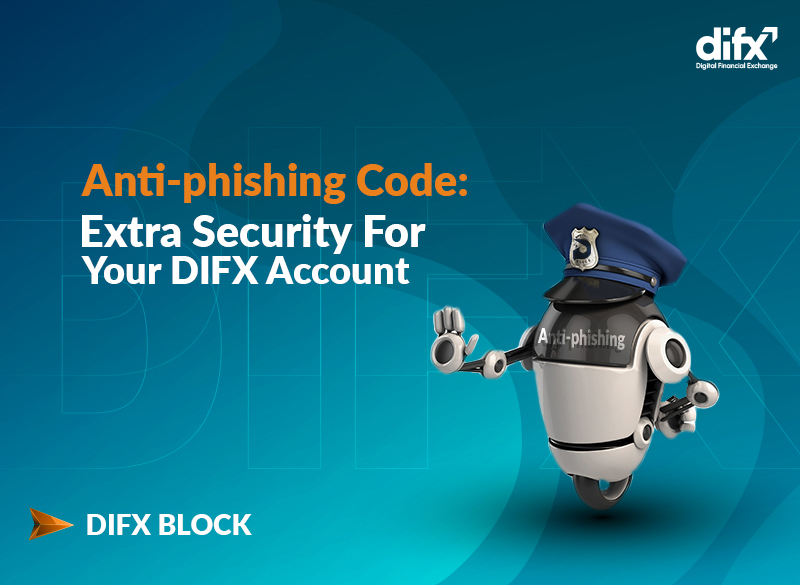Malicious actors are constantly looking for ways to gain illicit access to other users’ funds and assets. However, there are still multiple conventional methods that are commonly used by attackers; one of them is Email Spoofing.
Email Spoofing is a phishing technique in which attackers pose themselves as a legitimate business or person by imitating their original emails. They usually try to convey urgency through the email to push the victims to react immediately without properly checking the source of the email.
What is Anti-phishing Code?
Anti-phishing code is one of the most trusted and widely used security features that help individuals or organizations to guard against phishing attacks. For context, a phishing attack is a type of digital attack where the attacker tries to bait a user or a company into disclosing sensitive information or data such as passwords or wallet seed phrases. Electronic communications such as fraudulent emails, text messages, or malicious links are often utilized.
This is where anti-phishing code comes into play.
What do we mean by anti-phishing code?
As the name implies, an anti-phishing code is a defense mechanism designed to help individuals and organizations such as crypto exchanges protect themselves against phishing attacks. It is typically a short phrase or a sequence of numbers or characters that are unique to the user and are known only to the user and the website or organization with whom they are engaging.
This unique code or password is usually provided to a user by a service provider such as a crypto exchange. Anti-phishing code is, therefore, used to verify the authenticity of communications from that service provider. Some service providers allow users to choose their alphanumeric characters to use as anti-phishing code, making it easy to remember to users.
So, when a user receives a message or email from a source bearing the name of the service provider, the user must cross-check the anti-phishing code to verify that the message is authentic. If the code matches the one provided by the service provider, the user can then proceed with any requested actions. These security codes are often used alongside other security measures, such as two-factor authentication (2FA), to offer an extra layer of defense against phishing attacks.
What are the benefits of anti-phishing codes?
There are countless benefits to using anti-phishing codes but one that stands out is that it helps with crypto security. Also, anti-phishing codes aid in the authentication and verification of users’ identities. Adopting this security could help exchanges and wallet service providers to ensure that only the real owner of an account accesses the account, lowering the chance of data breaches, crypto thefts, or other problems.
On the whole, to ensure the security of your wallets or assets, always check the URL of a website you are visiting to make sure it is legitimate, and be wary of unsolicited emails or messages that ask you to click on links or download attachments as these may be phishing attempts.
How To Set Anti-phishing Code on the DIFX Exchange
You can set up your anti-phishing code on your DIFX account. Here’s how:
1. First, go to the DIFX website and log in to your account.
2. Now, head to the Security Settings section. Find the Anti Phishing Code section and click on “Add”.

3. Set a 4-digit code and click on “Set”.

Your code is set and you will receive the code on every official email that you receive from the DIFX Exchange.

How To Update Anti-phishing Code on the DIFX Exchange
To change your anti-phishing code:
1. First, go to the DIFX website and log in to your account.
2. Now, head to the Security Settings section. Find the Anti Phishing Code section and click on “Change”.
3. Set your new 4-digit code and click on “Set”.
That’s it. You have successfully updated your code.

